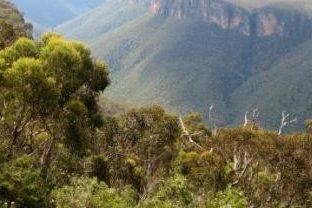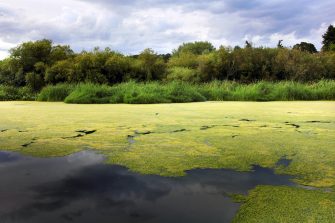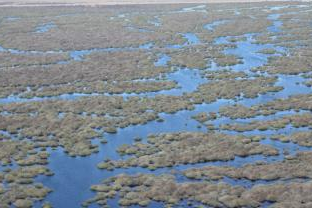
One of the more effective means of conserving biodiversity is to establish reserves where many threatening activities are not permitted. This can be combined with mitigation of key threats within and outside reserves. Most countries adopt this broad approach in their commitment to conservation to mitigate ongoing loss of biodiversity and degradation of ecosystems.
The 187 nations who are signatories to the Seventh Conference of Parties (COP7) of the Convention on Biological Diversity committed to designating a minimum of 10 per cent of their lands and waters to protected area status. More recently, there was recognition that biodiversity strategic plans should conserve 17 per cent of areas by 2010. Many of the Earth’s 100,000 or so protected areas (12 per cent of land surface) include freshwater ecosystems, sometimes the main focus of reservation.
Freshwater ecosystems depend on processes (flow, sediment regimes, for example) that have many interactions, many of which are only partly predictable, with mediation over considerable distances (i.e. length of a river system, >1000km). Technically this type of system, with all its feedbacks, is known as ‘complex’. There is a clear conservation responsibility to manage freshwater systems but this is difficult because water resources are often affected by threats outside the boundaries of the protected area. Management tends to be ad hoc and lack transparency, with little demonstration of effectiveness. Instead, it should be reflective, transparent and accountable.
This publication lays out the basic steps required by a catchment or protected area manager to begin the Strategic Adaptive Management (SAM) process. We provide the series of steps to help deal with the complex task facing the freshwater manager. The publication does not explore in any detail the associated importance of governance, relying on the manager on the ground to develop an initial understanding and practice of adaptive processes, rather than relying predominantly on, or waiting for, say seniors and others to act. Although governance processes are highly desirable, they more easily come with opportunity, time and experience and when the value of SAM is already partly demonstrated.



